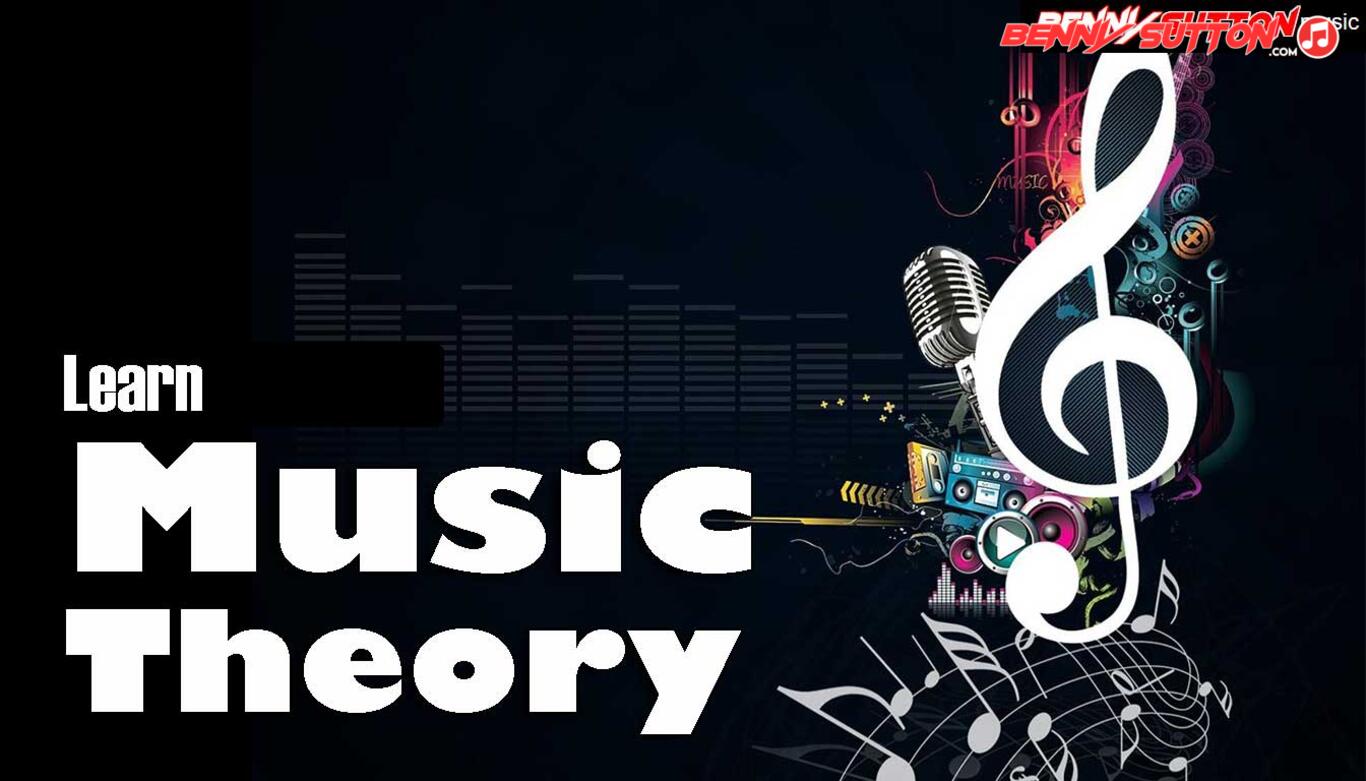Root–major third–perfect fifth; bright, stable consonance.
Major Triad
The Major Triad is the most stable and consonant chord in tonal music.
It represents brightness, resolution, and harmonic “home.”
Every major key centers around its tonic major triad — it’s the reference point for all other chords and progressions.
Structure
A major triad is built by stacking a major third (4 semitones) and then a minor third (3 semitones) above the root.
Formula:
Root – Major 3rd – Perfect 5th
Semitone steps from root: 0 – 4 – 7
Example (C Major Triad):
C – E – G
| Interval | Distance | Note | Function |
|---|---|---|---|
| Root | 0 | C | Tonal center |
| Major 3rd | +4 | E | Defines “major” quality |
| Perfect 5th | +7 | G | Adds stability and fullness |
Interval Structure (Stacked Thirds)
| From | To | Interval | Size | Result |
|---|---|---|---|---|
| Root → 3rd | Major 3rd | 4 semitones | Bright, defining | |
| 3rd → 5th | Minor 3rd | 3 semitones | Balances the upper structure | |
| Root → 5th | Perfect 5th | 7 semitones | Resonant, stable base |
Inversions
Major triads have three positions — each creates a different texture and bass motion:
| Inversion | Notes (C Major) | Symbol | Bass Note | Function |
|---|---|---|---|---|
| Root Position | C–E–G | C | C | Most stable, tonic reference |
| 1st Inversion | E–G–C | C/E | E | Smooth voice leading (light sound) |
| 2nd Inversion | G–C–E | C/G | G | Useful in cadences and passing chords |
Roman Numeral Function
| Scale Degree | In Major Key | In Minor Key |
|---|---|---|
| I | tonic (home chord) | III |
| IV | Subdominant | VI |
| V | dominant | VII |
Major triads act as pillars of tonal harmony — I, IV, and V in a major key define the harmonic framework of most Western music.
Emotional Character
- Mood: bright, open, resolved, affirmative
- Stability: highest of all chord types (perfect 5th reinforces the root)
- Usage: defines major tonality, used for resolution, arrival, or uplifting phrases
- Contrast: opposite of the minor triad’s introspective sound
Real-World Examples
| Song | Artist | Key | Notes |
|---|---|---|---|
| “Let It Be” | The Beatles | C Major | I–V–vi–IV progression centered on C Major |
| “Here Comes the Sun” | The Beatles | A Major | Pure major brightness throughout |
| “Don’t Stop Believin’” | Journey | E Major | Triadic piano chords driving the harmony |
| “Happy” | Pharrell Williams | F Major | dominant major tonality, no minor pull |
| “Born to Run” | Bruce Springsteen | E Major | Classic I–IV–V triad rock foundation |
Application Tips
- On guitar, the open C, G, D, A, and E shapes are all major triads in different positions.
- On piano, major triads serve as your root handshapes for harmonic study and chord inversions.
- In arranging, major triads can be voiced tightly (stacked 3rds) or spread across octaves for clarity and power.
Summary
| Attribute | Value |
|---|---|
| Formula | 1 – 3 – 5 |
| Semitones | 0 – 4 – 7 |
| Tonality | Major |
| Emotional Color | Bright, stable, open |
| Function | tonic, subdominant, or dominant |
| Inversions | Root, 1st, 2nd |
| Common Progressions | I–IV–V, I–V–vi–IV |
| Used In | Nearly all tonal music; foundation of harmony |
